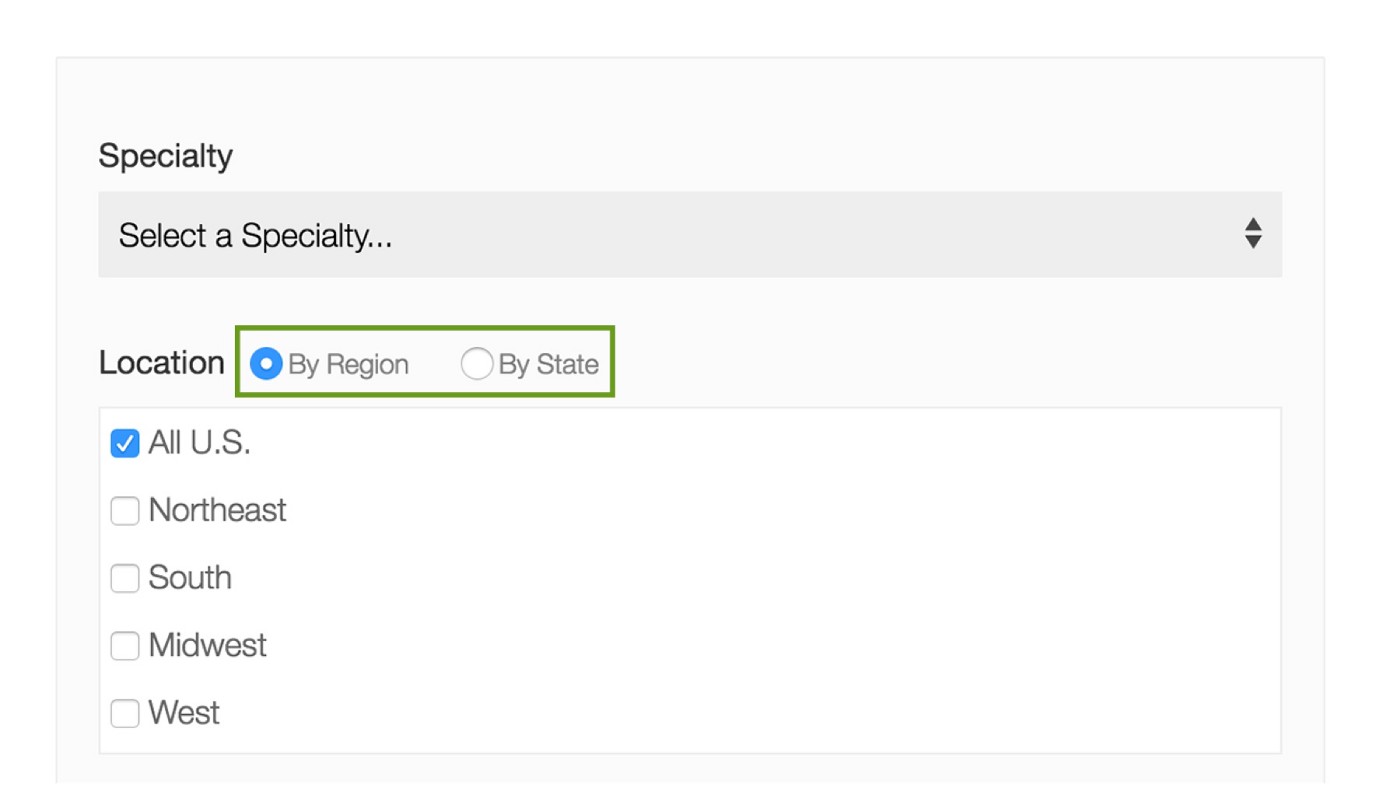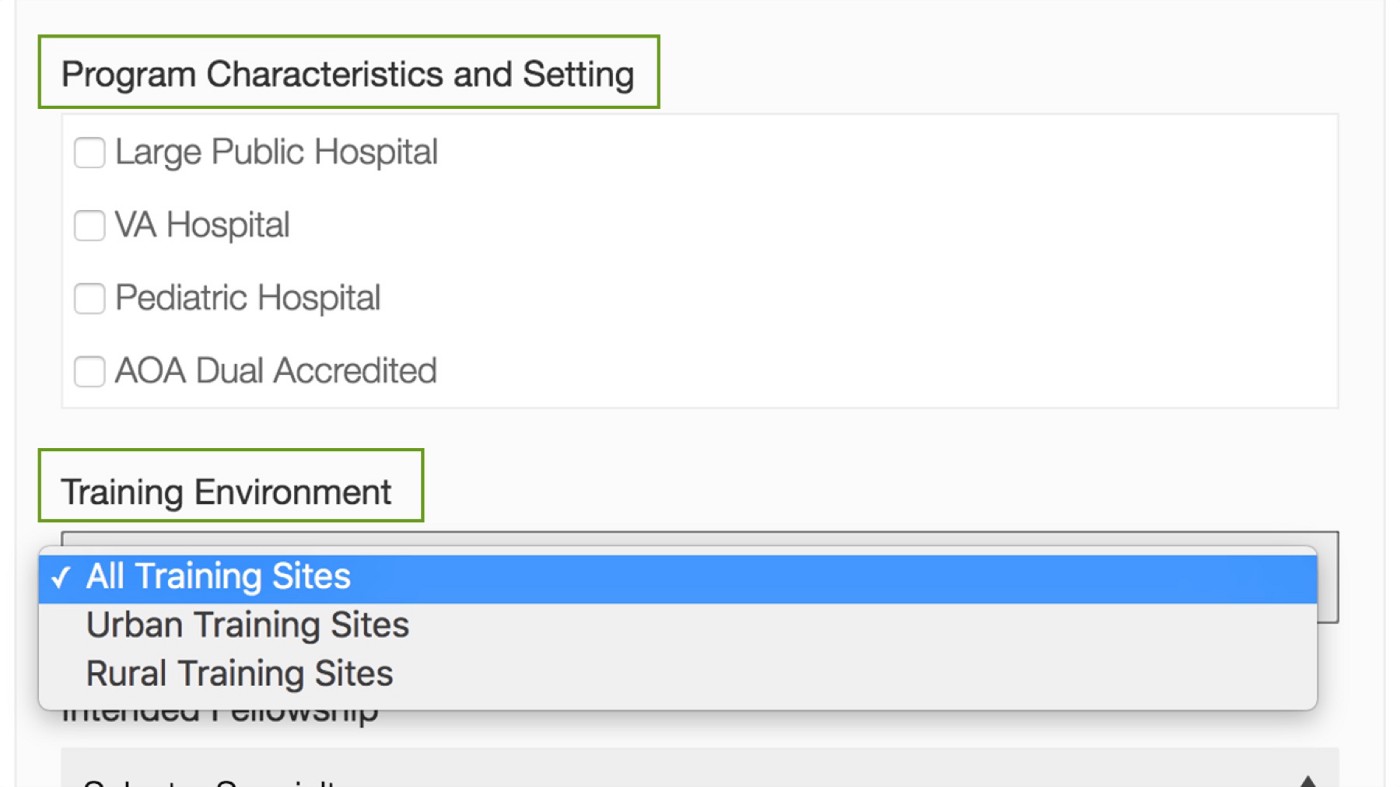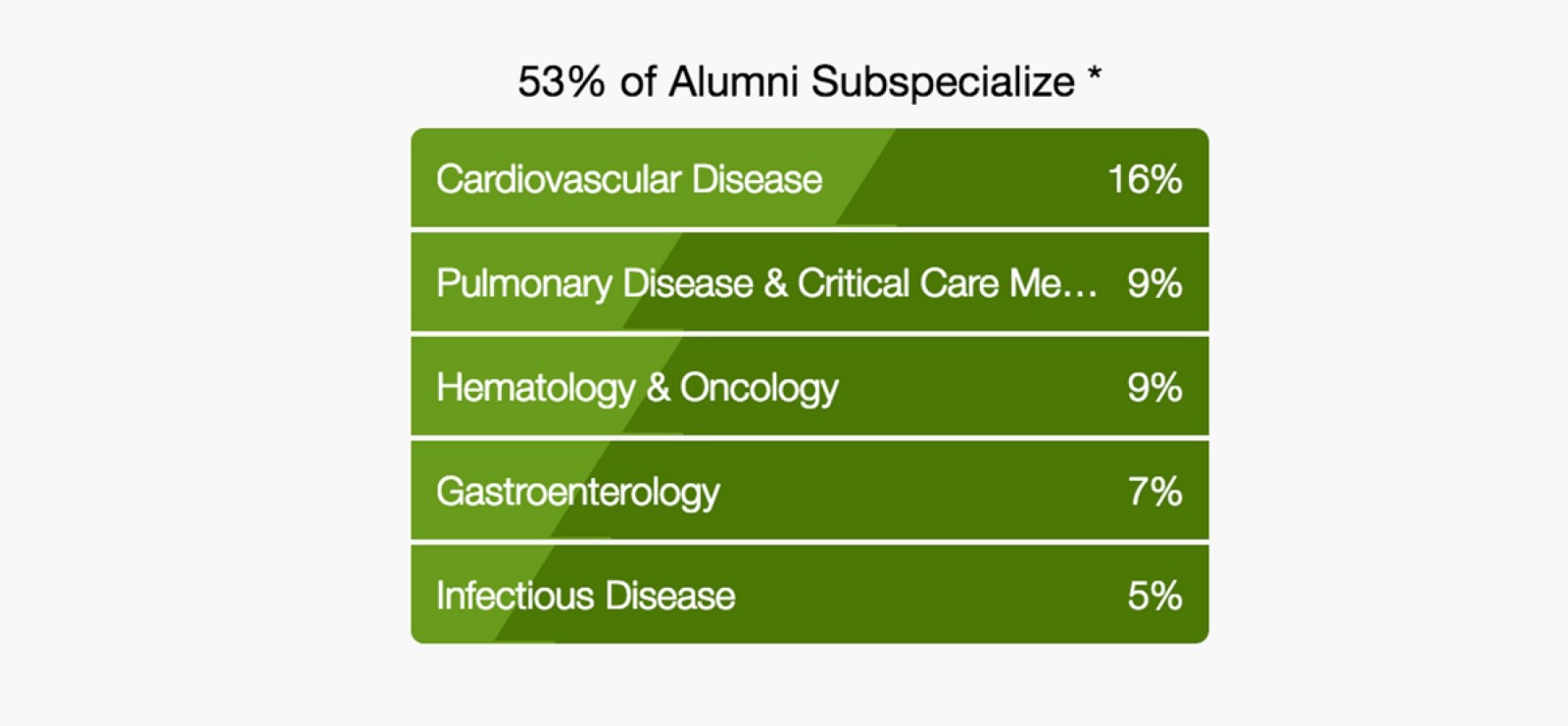This is article comes from fourth year medical student, Irene Lainiotis. You may view the original article on Medium.
Welcome to fourth year. I’ve heard some deem it a completely unnecessary year of medical school or the most expensive, year long vacation that we will ever take. Maybe that’s all true — after you manage to be the perfect balance of calm and persistent to make sure your letter writers submit on time, try to squeeze details of four years of work into ERAS boxes, interview, and rank your programs.
For the first three years of medical school, I, along with thousands of others, scoured online forums trying to track down the perfect Step 1 strategy, which books I needed to read for a NBME shelf exams and what hotels wouldn’t break the student budget for Step 2CS. But I needed something a little more reliable than just the word of hundreds of anonymous medical students. I was finally applying for residency! And there was no room for unnecessary panic attacks (though these definitely still found their way in), or reading through thousands of posted comments to find what I was looking for. I wanted something concise, accurate and easy to use — enter the Doximity Residency Navigator. While no tool is perfect, Residency Navigator provided me with a quick, transparent look into the various programs out there. Here are a few of my favorite features:
1. Location, Location, Location
Those real estate agents were onto something with this one! One of the easiest ways to start your search is deciding where you would like to be for the next 3, 4, 5… years of your life.
To get started, simply input your specialty and then search by either state or region.

2. It lets you get specific
If you have an idea of what type of clinical training experience you’re looking for, you need a tool that will let you get specific. Family medicine in a rural community? Emergency medicine in a large urban setting? Want to make sure there is a pediatric hospital? Consider it done!

Are you the future pediatric surgeon? Interventional Cardiologist? Advanced endoscopist? Residency Navigator allows you to search for programs based on your intended fellowship.
3. The Ultimate Cheat Sheet
In an ode to one of my favorite Zac Brown Band songs, “I’ve got everything I need and nothing that I don’t” — and it’s all on one page. Each program’s residency page gives you the residency search equivalent of vitals: the total number of spots filled, percentages for board pass rates and those who go on to subspecialties, and how involved the alumni are in research and clinical trials. The page will also give you a breakdown of which sites you’ll be working at, along with the program director’s contact information.
This one is for the aforementioned future pediatric surgeons, interventional cardiologists, and advanced endoscopists — if you’re set on fellowship, it will break down what percentage of alumni go into what fields.

The Navigator even tells you the top feeder medical schools! I loved this feature because it helped me assess where students with similar educations to me went and were successful in residency. Alumni leave comments and rank their experience as well — the ultimate replacement for scrolling through thousands of anonymous comments on forums to hear opinions.

But there’s one feature that makes this unlike any other tool…
4. Get connected
Medicine finally has a medium where physicians at all levels of training can connect with one another — all seamlessly linked to the residency search process.

The Navigator lets you connect directly with current residents and alumni. Some programs even have an updated “Current Residents” section with links to their personal Doximity profiles. This is the virtual version of the pre-interview dinner!
There you have it — my breakdown of one of my essential residency search tools. I hope you find this tool as helpful as I did, and if it wards off at least one panic attack, I think we can all agree it’s worth it. Good luck fellow fourth years!

Irene Lainiotis is currently a fourth year medical student at the Jacobs School of Medicine and Biomedical Sciences at the University at Buffalo, interested in Internal Medicine. She is originally from Massapequa Park, NY but completed her B.S degree from James Madison University, double majoring in Biology and Public Policy & Administration. Outside of medicine, Irene enjoys working
out, cooking, and spending time with her family, friends and puppy.
